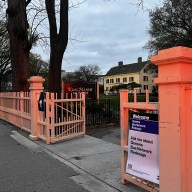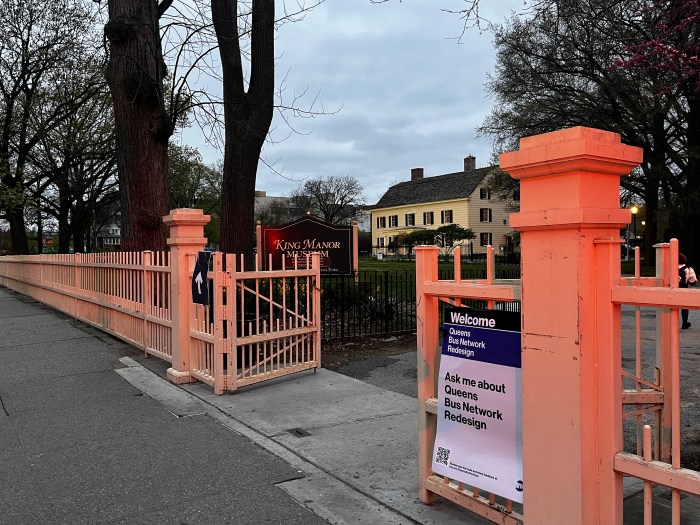By Kenneth Kowald
Queens is the most diverse county in the United States, so during this holiday season, let’s take a look at some observances.
Christmas is a holy day and a secular holiday. Many non−Christians observe certain aspects of it, which are not religious in nature. The giving of presents has become a major commercial aspect of our society, regardless of religion.
While the “gift” of the Christ child might be equated with the day, it is something of a stretch to think that gift−giving is a holy matter, unless it has a charitable aspect.
Most scholars believe Christ was born in the spring, but the early church decided to have the date close to or on the same day as the pagan Saturnalia, which many people observed.
In our country, the Pilgrims disdained the observance of Christmas. It was not until the mid−19th century that Christmas became a national holiday. Even those fiercely protective of the separation of church and state, as am I, do not make much noise about a religious holy day also being a secular holiday.
December began solemnly in American memories. Once again, Dec. 7, the day of the attack on Pearl Harbor, was a Sunday, as it was in 1941. Many Queens residents remembered where they were and what they were doing on that infamous day.
Dec. 9 was the Muslim the Festival of Sacrifice, when Allah intervened to stop Ibrahim (Abraham) from sacrificing his son.
The observance of the Virgin of Guadalupe, which Queens residents of Mexican origin observe, was Dec. 12. The Basilica of Our Lady of Guadalupe, in Mexico City, is the second most−visited Roman Catholic shrine in the world.
Hanukkah, the Festival of Lights, begins at sundown Dec. 21, commemorating the rededication of the Second Temple in Jerusalem in the second century B.C.
Kwanzaa, honoring African−American heritage, is a six−day holiday beginning Dec. 26, with each day dedicated to one of the Seven Principles of Blackness: unity, self−determination, collective work and responsibility, cooperative economics, purpose, creativity and faith.
The First of Murharram, on Dec. 29, marks the beginning of the Islamic new year, a time of contemplation.
Many of these holidays and holy days have a “gift−giving” component, although the origins of this may be more commercial than religious. But gift−giving, to people or charities, can make us feel good for six to eight weeks, according to a survey of 632 Americans by the University of British Columbia.
In these difficult economic times, gift−giving may be diminished, but the charities that aid the sick and poor continue to be in need, right here in Queens, and could use our help. A gift of any amount can make a difference in the lives of our neighbors.
In 1906, Gustav Holst set to music Christina Rossetti’s poem “In the Bleak Midwinter.” In the last stanza, the poet wonders what gift she could bring to the Christ child: “Yet what can I give Him —â„Give my heart.”

























